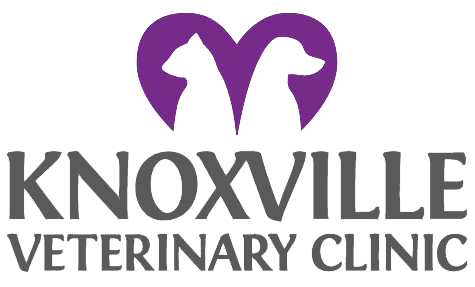Library
-
One of the most unique and striking-looking dogs, Chinese Cresteds resemble pint-sized stallions. Lively and friendly, they keep faces washed with kissing. Like all Toy breeds, they were bred for loving companionship, and they carry out their job well.
-
The Chinese Shar-Pei tends to present one face to his family and another to the world at large. To the latter, the dog behaves in a calm, dignified and aloof manner; with his family, the dog will lighten up and tap into his inner clown.
-
Playful, dedicated and eager to please, they'd make lousy guard dogs. They are calm, non-aggressive, and would rather hang out with their owners than run too far away in open areas.
-
Chlamydial conjunctivitis in cats is highly contagious and can look similar to herpes conjunctivitis. Young cats and kittens are especially vulnerable to this infection, although chlamydia can be detected in cats of all ages. It is one of the most common causes of infectious conjunctivitis in cats. This handout describes the clinical signs and how this condition can be treated or prevented.
-
Chlorambucil (brand names: Leukeran®, Chloraminophene®, Linfolysin®) is an immunosuppressive and anticancer medication used to treat certain cancers, such as leukemia, lymphoma, and multiple myeloma. It can also be used as a supplemental treatment for some immune-mediated diseases such as inflammatory bowel disease.
-
Chloramphenicol (brand names Chloromycetin®, Viceton®) is a broad-spectrum antibiotic used to treat many different bacterial infections in many species. Chloramphenicol comes as tablets, capsules, liquid suspension, and in an injectable form (chloramphenicol sodium succinate). Injectable forms will be administered by your veterinarian.
-
Chlorfenapyr poisoning is suspected if a pet has access to this pesticide and subsequently develops expected signs; it should also be suspected in a pet exhibiting signs and at risk of malicious poisoning. Pets that develop clinical signs following chlorfenapyr ingestion are unlikely to survive and chronic complications may be present for survivors.
-
Chlorhexidine + ketoconazole topical is used to treat superficial skin infections or overgrowth in dogs and cats. When given as directed, side effects are rarely noted, but could include skin irritation. If you suspect an overdose or accidental ingestion, call your veterinary office immediately.
-
Chlorhexidine topical (brand names Chlorhex®, Novalsan®, ChlorhexiDerm®) is an antiseptic used to treat skin infections. It is used to treat surface bacterial and/or fungal skin infections in cats and dogs. This medication may be part of a combination product that includes other medications. Chlorhexidine topical comes in shampoo, liquid, ointment, and wipe form.
-
Chlorhexidine/hydrocortisone/trizEDTA topical (TrizCHLOR® 4HC) is a shampoo and spray conditioner used topically in cats, dogs, and horses to support animals with conditions such as superficial, itchy, bacterial and fungal skin infections (pyoderma); acute moist dermatitis (hotspots); and pododermatitis (skin infections of the foot).


